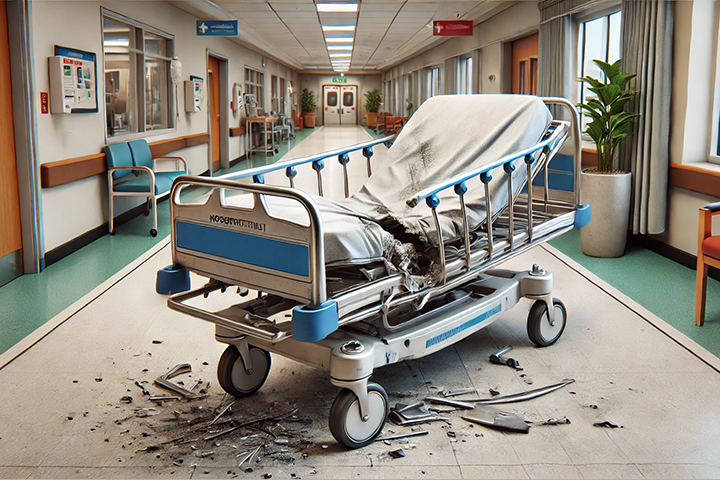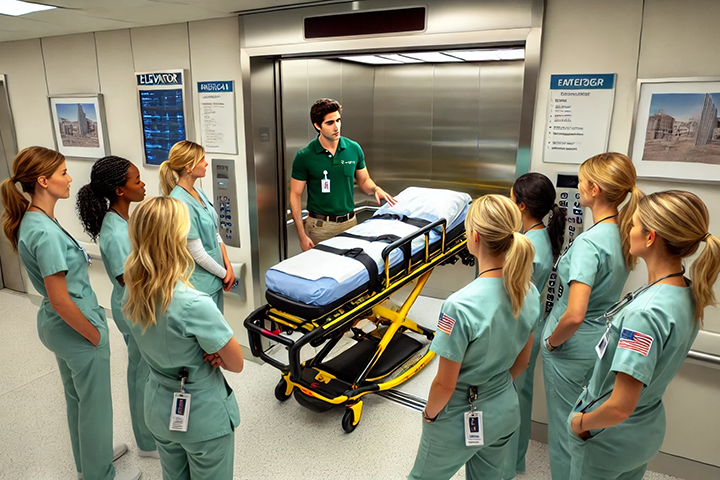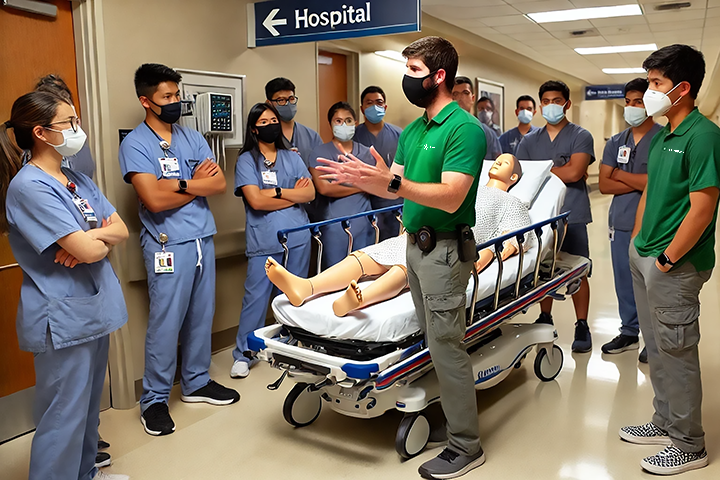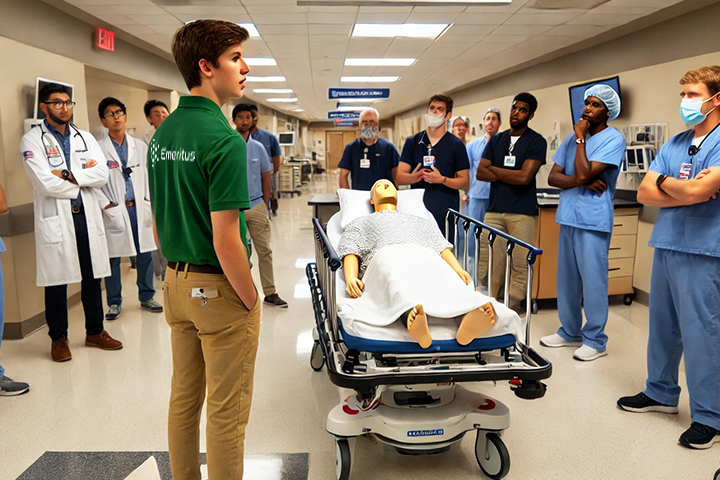
In healthcare settings, the smooth functioning of hospital equipment is paramount for patient care and operational efficiency. However, an often-overlooked issue that poses significant challenges and hidden costs is bed transport damage. This type of damage occurs when hospital beds and stretchers, integral to patient transport and care, collide with hospital infrastructure or other objects, leading to a need for repairs not only to the beds themselves but also to the facility.
What is Bed Transport Damage?
Bed Transport damage refers to the physical harm that occurs when hospital beds or stretchers are mishandled or involved in collisions during movement within the hospital. Common scenarios include hitting door frames, walls, or other medical equipment during transportation. Such incidents can result from overcrowded hallways, hurried or untrained staff navigating beds, or inadequate space management, especially in older facilities with narrower corridors.
Financial Implications
The costs associated with bed Transport damage are twofold—direct and indirect. Direct costs involve the immediate expenses of repairing or replacing damaged hospital beds and parts of the infrastructure, such as broken walls or elevator doors. These repairs can be costly, particularly when specialized bed components or structural repairs are required. Indirect costs, though less apparent, can be equally burdensome. They include the potential downtime of hospital beds, which can lead to delayed patient care and a decrease in hospital admissions, impacting the overall financial health of the institution. Additionally, there are often hidden costs in increased insurance premiums if claims are frequently made for such damages.
Infrastructure Effects
The impact of bed Transport damage extends beyond the beds themselves. Hospital infrastructure, including walls, door frames, and even critical utilities like electrical outlets and nurse call buttons, can suffer. This not only leads to aesthetic degradation but can also pose safety risks to patients and staff. For example, damaged walls or exposed wiring could lead to compliance issues with health and safety regulations, resulting in fines or sanctions against the hospital.
Preventative Strategies
To mitigate the risks and costs associated with bed transport damage, hospitals must implement robust preventative strategies. Key among these is the formulation and enforcement of effective transport policies that standardize the procedures for moving beds and stretchers safely. Training and continuous education of hospital staff, especially those in environmental services (EVS) and transportation departments, are crucial. These training programs should focus on the proper handling of beds, awareness of spatial constraints within the facility, and the use of appropriate pathways for moving larger equipment.
Regular maintenance checks of hospital beds also play a vital role in preventing transport damage. These checks can help identify potential issues before they lead to a breakdown or collision, such as faulty brakes or unresponsive steering controls on beds.
In conclusion, understanding and addressing bed transport damage in healthcare facilities is crucial for maintaining operational efficiency, ensuring patient safety, and managing costs effectively. By implementing stringent preventative measures and fostering a culture of care and responsibility among staff, hospitals can significantly reduce the occurrence of such damaging incidents, thereby protecting their bottom line and enhancing the quality of care they provide.








